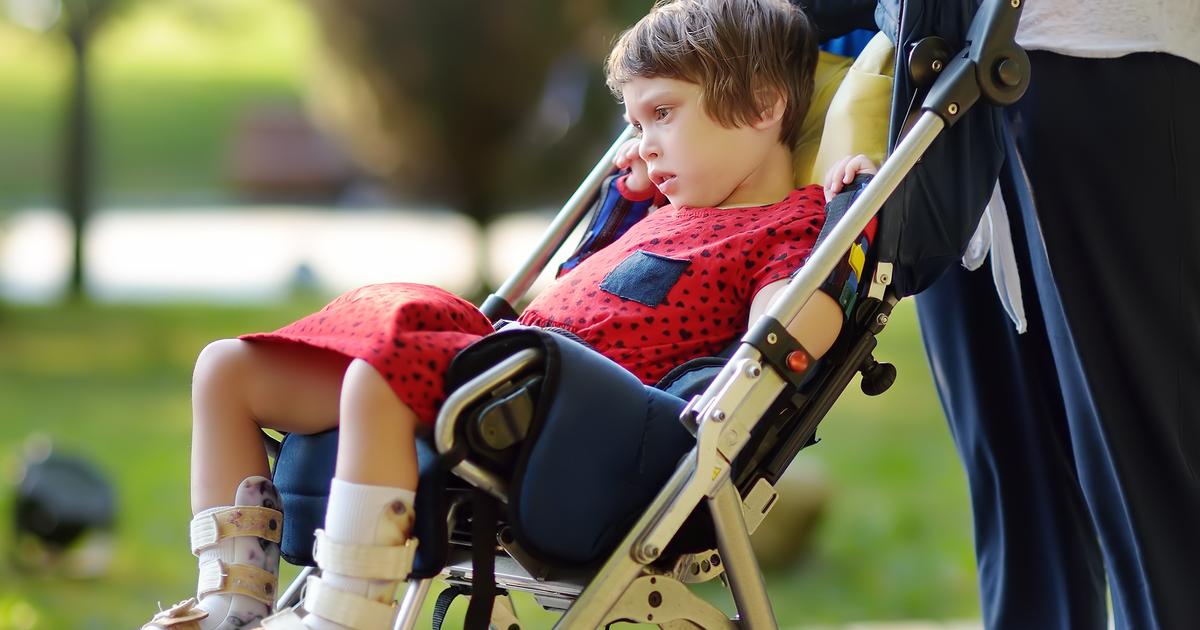Guide To The Symptoms Of Cerebral Palsy
Cerebral palsy is a lifelong neurological condition that can affect an individual's movement, coordination, posture, and learning. It is most often caused by damage to the brain that occurs before or during birth. Most patients are diagnosed before they are five years old, and symptoms can vary greatly in severity. For example, some patients may have only mild issues with walking, and others may need to use a wheelchair. To diagnose cerebral palsy, doctors generally observe the patient's gait, posture, and movements for several months, and brain scans are also conducted. Although the symptoms of cerebral palsy last for a lifetime, they do not worsen in severity as a patient gets older.
Treatment for cerebral palsy may include muscle or nerve injections. Patients may need medication for cerebral palsy too, often in the form of oral muscle relaxants. Physical therapy for cerebral palsy is quite common. Patients will often need speech therapy or occupational therapy for cerebral palsy as well. Surgery for cerebral palsy is another option. However, the best cerebral palsy treatment starts with an understanding of the symptoms.
Loss Of Coordination And Balance

Patients with cerebral palsy typically experience some degree of loss of coordination and balance. Depending on the type of cerebral palsy a patient has, they may be unable to balance while sitting or standing. It could be necessary for patients to use crutches, a walker, or a wheelchair. Patients with mild forms could struggle with running, going up and down stairs, and jumping.
In addition to difficulties with these gross motor skills, the patient's coordination of fine motor skills is sometimes affected. Tasks such as writing, buttoning a button, or cooking could be difficult. The patient may struggle with hand-eye coordination as well. Physical therapy can help patients build coordination and improve balance.
Issues With Muscle Tone

Issues with muscle tone are common in all types of cerebral palsy. When muscle tone is affected, muscles that normally work in pairs do not function as they should. This can cause postural changes and difficulty with sitting and other tasks that require balance. Patients with cerebral palsy may have decreased muscle tone, also called hypotonia, which means the muscles are floppy and more relaxed than they should be. Other patients with cerebral palsy may display increased muscle tone, also referred to as hypertonia, which makes the muscles stiff and rigid. Sometimes, an individual with this condition could have some muscle groups that are too rigid and others that are too loose.
Issues with muscle tone can cause a patient to need to exert three to five times more energy than an individual without cerebral palsy to complete tasks such as standing and walking. When assessing a child for cerebral palsy, doctors will evaluate muscle tone periodically. Specialized stretching exercises and other therapies may help improve muscle tone. Patients may need to take frequent breaks when doing tasks that require exertion.
